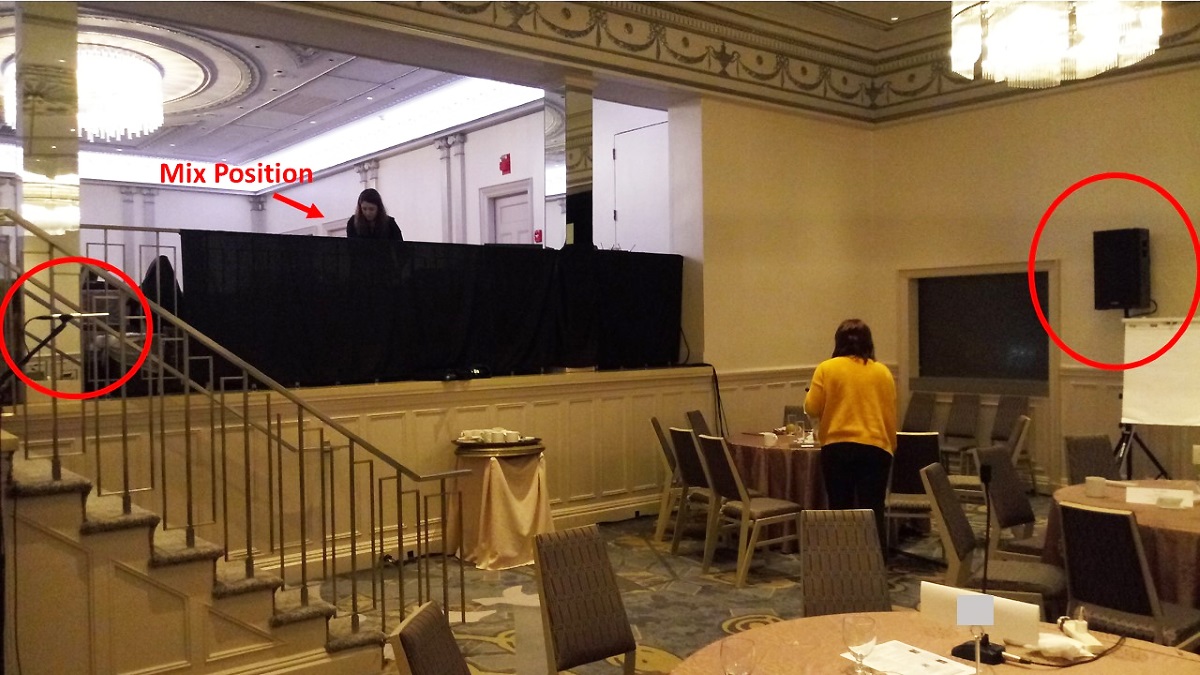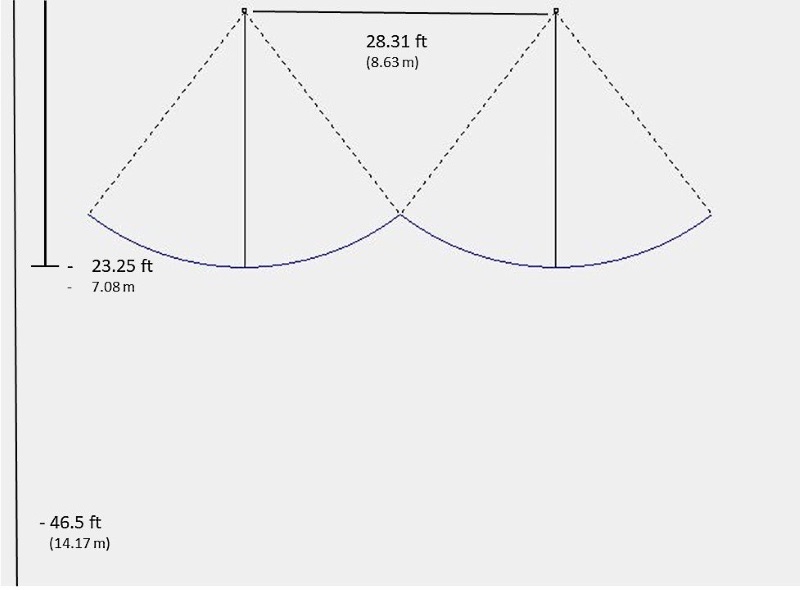Sometimes we’re forced to use a mix position that’s not out among the audience of the event. In my career, I’ve been stationed behind the stage, to the side, in a balcony, and even in a different room. We should always do whatever possible to work with event management to not let this happen, but the reality is that it does.
If possible, during the event I have another crew member walk around the audience and report back to me if it’s loud enough. If there’s a dedicated A2 on the team, we can go a bit deeper into the analysis, such as, is it intelligible? Too dynamic? Too sibilant or harsh?
I’m referring to situations with an individual talker or singer because most of the time the PA system is designed to be intelligible and have minimal variance while acting as a carrier for the program material. It also doesn’t mean that we don’t have to tweak input settings for a specific person’s voice or instrument.
If I’m on a job where I’m not in the intended coverage zone of the audience during the event, and I don’t have a helper with me, I usually send out a probe to check atmospheric pressure, inert gas levels, radiation levels, barometric pressure, and O2 levels… Just kidding. The “probe” is actually a calibrated measurement microphone capturing sound pressure level (SPL) data.
If possible, I place the mic somewhere in the audience area, preferably on-axis of a PA source. This runs to my interface and I’ll touch on what I’m using for analysis tools later on. First, let’s briefly look at how one mic in an audience plane can clue me in to data over the entire room.
Laying It Out
Almost every system I design follows the “minimum variance” principle. If I can achieve it, I can place the mic strategically for show time and know what’s happening anywhere in the audience.

A recent corporate lecture project (four days of seminars) had me mixing from a side balcony in a square ballroom, with coverage provided by two loudspeakers (Figure 1). The room measured 46.5 x 46.5 feet (14.17 square meters), and by using a loudspeaker placement calculator by Dan Lundberg, I was able to place the loudspeakers so there was only 1.7 dB of overlap onto the walls. With the loudspeakers placed 28.31 feet (8.63 meters) apart, the room was covered to a maximum of 46.5 feet (14.17 meters) and the “unity line” that exists halfway down the loudspeaker’s coverage was neatly placed halfway down the room (Figure 2).

The system was designed to lose a maximum of 6 dB of SPL from the middle of the room to the back. Since it was indoors, it only dropped about 3 dB. If I could place the measurement mic halfway back, on-axis (if possible), I would know that it’s 3 dB down at the back wall.














